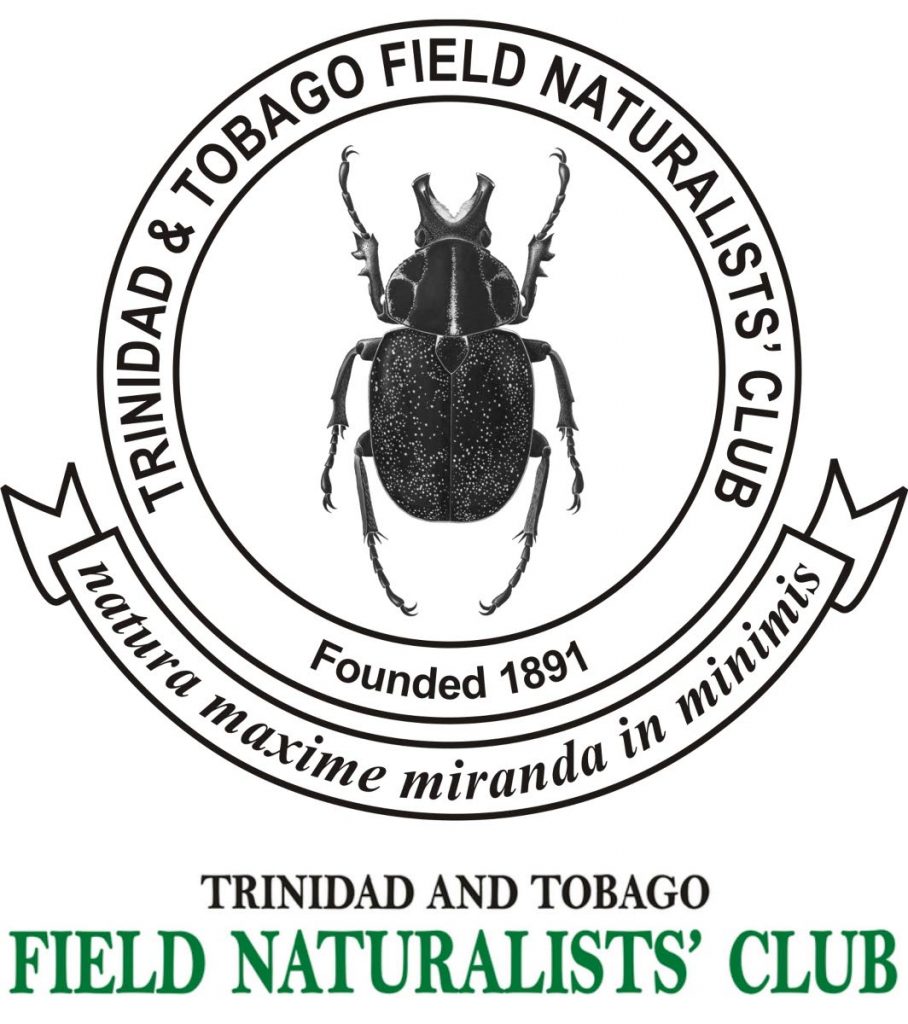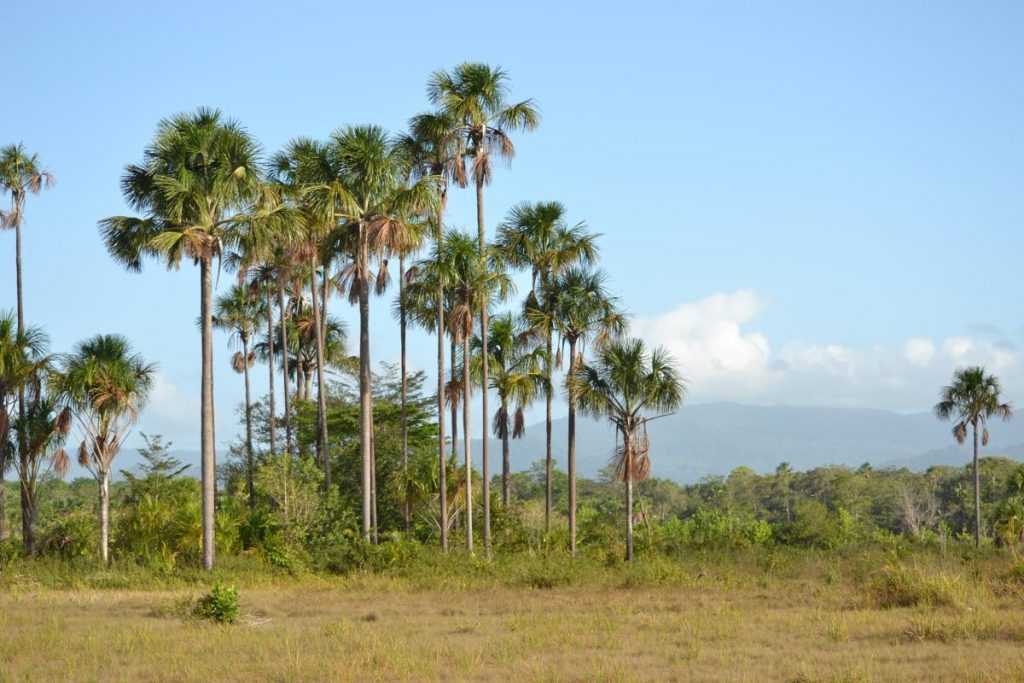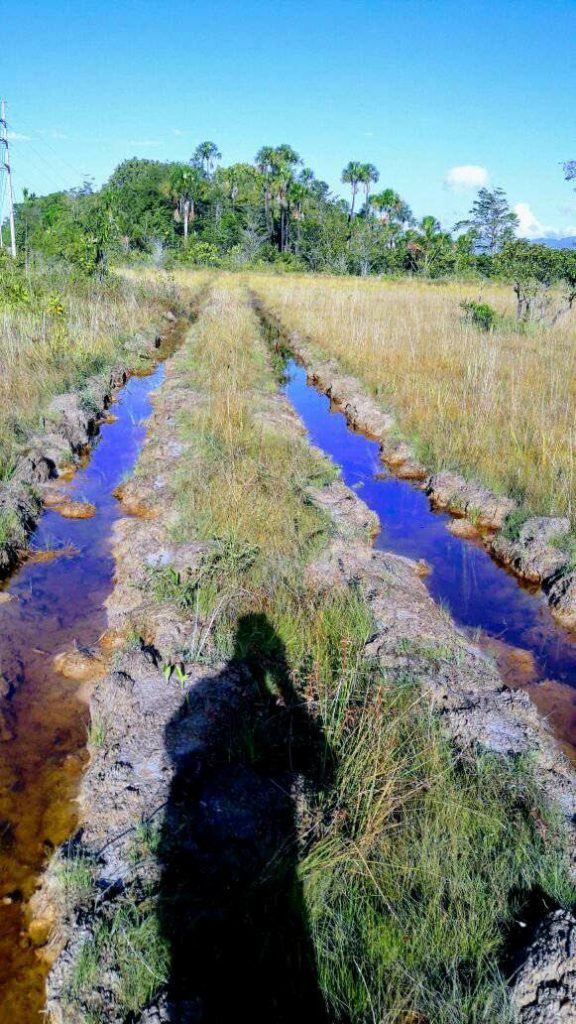The Aripo Savannas and a highway

Sunday Newsday welcomes the Trinidad and Tobago Field Naturalists Club whose insightful features on the environment begins today. The Aripo Savannas and plans to build a highway through the area is today's topic.
Controversy abounds whenever major projects impact upon the natural environment and the construction of the highway from Cumuto to Guaico is especially controversial as it impacts upon the Aripo Savanna Environmentally Sensitive Area (ASESA). This highway is not new, and was last attempted in 2006. And while the highway does not enter the savanna boundary, there will be serious negative impacts on the health of the ASESA.
There is a copious amount of public information on the importance of the savanna that need not be reproduced here, but in brief, the ASESA is a mix of natural savannas, palm and marsh forests. It contains the last intact natural savanna in Trinidad, the others having been destroyed for ‘development’. The ASESA is home to over 457 plant species, with two endemic species found nowhere else in the world. The ASESA is also home to many animal species including the ocelot, an environmentally sensitive species.
Land clearance must occur for national development and we all benefit from environmental degradation in the form of benefits like road networks, aggregate or economic growth and taxation. A case can also be made that economic advancement of the population is crucial for environmental preservation. The trick is striking the balance between destruction and preservation. But did we, in this project, follow the best practices that underpin sustainable development?
At the heart of the matter is the allegation that the EMA granted the CEC before certain documents, namely EIA baseline surveys and hydrology reports, were available. The EIA baseline describes how plants, animals and people will be affected by the development. The hydrology report describes how water and its movement in the area is affected.
Hydrology and geology makes the savanna what it is. The annual cycles of water-logging and drought gives the area its unique physical, floral and faunal environment. If you interfere with this balance it would impact the savanna. Needless to say, you shouldn’t grant a CEC before reviewing such reports.
But this apparently is what happened and the CEC was granted without all the prerequisite documentation and in spite of objections by the EMA’s own technical staff.

The EMA acknowledges the negative impact of the highway and their 2006 ESA Technical Brief indicated that the highway “will isolate the savannas in a sea of development and may affect its survival in the long term” and bring about fragmentation of the ASESA. Such fragmentation results in greater access by human, leading to increased subsistence logging, hunting, resource gathering, human induced fires, the creation of gaps between forest blocks that reduce the movement of species as well as the genetic flow between isolated populations of species and increased vulnerability of the ecosystem to invasive species.
The Report of the Working Group on the Management of the proposed ASESA 2003 noted that “the Forestry Division has been unable to adequately fulfil its mandate to protect the ASESA from fires, illegal human settlement, illegal entry into prohibited areas and other illegal human impacts, which has led to the environmental deterioration of the Savannas.”
To be fair, it is important to note that the outstanding documentation was eventually provided, AFTER the CEC was awarded, and that the EMA is not bound by law to listen to its advisers. Furthermore, as the idea of building a highway here is not new, a previous (expired) CEC did exist.
But even if found to be legal, certainly it is cannot be best practice when it comes to sustainable development. If the then outstanding reports indicated that the project, as now designed, would cause irreparable harm would the CEC be revoked? Could we then undo the damage? Is this best practice for sustainable national development?

We cannot allow this unusual CEC approval process to become the norm as it would be easy for future developers to abuse the precedent set here.
A November 2017 television investigative report and the recent ruling by Justice Kevin Ramcharan both lend credence to the existence of an internal EMA correspondence which indicated that, at the time the CEC was granted, the EMA’s technical team was against the granting of the CEC. However, as Justice Ramcharan stated in his ruling, the EMA’s board only had to consider the technical team’s opinion before making the final decision. While innocuous by itself, consider that the Environment Management Act states that the minister may from time to time give the authority directions of a special or general character in the exercise of the powers conferred and the duties imposed on the authority by or under this Act.
So while the EMA doesn’t have to listen to its technical staff, it must comply with instructions given by the minster. At the end of the day, the folks who work at the EMA have to follow the laws that govern them and the public has to work with them. This is precisely why it is important that the public carefully scrutinize the actions of this and other state bodies. While NGOs, like the FFOS, are often branded as obstacles, they should be seen as necessary parts of the system – the file that sharpens the knife. A strong and independent EMA is crucial for proper sustainable development.
It is wishful thinking to believe the threats posed by the highway will be properly managed. The EMA has assured that “it is well equipped to monitor compliance with the issued CEC to properly manage and protect” the ASESA. Yet they were unable to stop heavy equipment from driving through the protected area recently when construction began.
There are hard lessons to be learnt from this highway project and the public needs to make the most of it to be better prepared to demand the sustainable development of our nation in the future.
For more information on our natural environment, you can contact the Trinidad and Tobago Field Naturalists’ Club at admin@ttfnc.org or visit our website at www.ttfnc.org and our Facebook or YouTube pages.


Comments
"The Aripo Savannas and a highway"